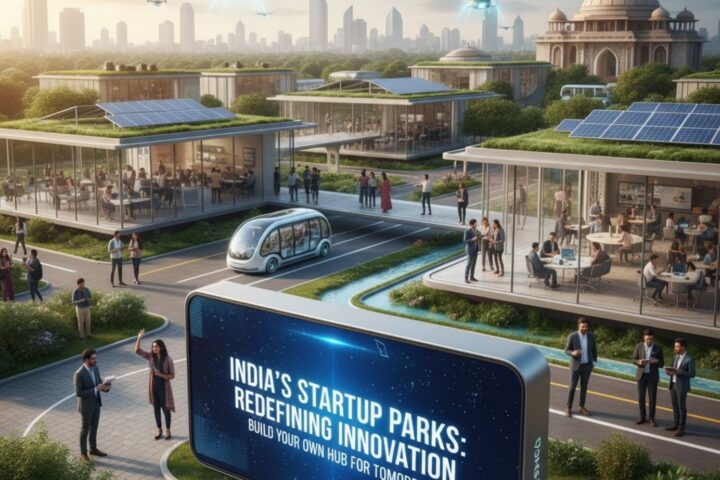As businesses grow, the demand for data storage and delivery also increases. In response to this, data centers emerged. They are facilities designed to process, store, and organize large amounts of data beyond a company’s capacity. Colocation is the act of hosting your IT hardware and servers outside your office and is one of the many services a data center provides.
Undoubtedly, data centers and colocation have significantly improved data management and delivery efficiency. While the data center-colocation industry continues to develop, challenges continue to arise and evolve.
What’s a data center?
Data centers are purposely constructed facilities that offer physical locations for equipment, servers, cooling systems, power supply, and internet bandwidth for a range of clients. They also provide operational staff who maintain and monitor IT processes 24/7.
Why do we need data centers?
In order to keep up with the demands of their business, companies utilize data centers to provide services and products to their customers. Data centers now become responsible for processing, storing, and disseminating large amounts of data from different clients.
Companies are relocating their operations from in-house server rooms to colocation facilities primarily for two reasons: reduced expenditure and enhanced data management, without the need for building their own data centers.
They support integral business aspects such as e-commerce transactions, email handling, and data management. Data centers also offer IT and technical support for lessees in case anything goes wrong.
Challenges Faced by Data Centers
1. Data Security
A consistent challenge faced by data centers is data security. Because they house and manage data for a broad range of clients, they become a major target for hackers and cybercriminals. It is of utmost importance to protect the data stored and transferred.
Charles LaRosa, owner ImproveHomeowner states that “Data centers should maintain a high level of security, both physically and virtually, because breaches in data can cost a data center millions of dollars and can potentially face lawsuits. Surveillance cameras should be installed at points of entry and in server rooms to monitor and track if anyone attempted to tamper with the servers”.
According to Erin Zadoorian, CMO of Budpop, “When companies don’t allow cameras in their server rooms, real-time site monitoring serves as a challenge. Its importance is growing since it tracks physical data center activities and problems that may show security breaches.”
How to overcome this?
o Ensure data centers are guarded physically and monitored by surveillance equipment and limit access to critical areas of the facility.
o Avoid cybersecurity threats like phishing campaigns and ransomware that can affect a company’s digital content.
o Verify a client’s nature of business and screen them if fraud is suspected.
2. Data Center Design
Many data center challenges stem from problems with logistics, such as space, temperature, and planning failures.
A well-designed data center should be able to provide a balance of proper airflow, optimal temperatures, and good ventilation to keep servers and computers properly running. A poorly designed data center not only creates unnecessary problems but can also limit growth and expansion in the future.
Think ahead and put in mind future plans of expansion to accommodate current and future workloads. During the planning and design phase of your data center, consider geographical factors such as seismic activity, weather patterns, and signal reception.
How to overcome this?
o Apart from conventional HVAC systems, employ other methods of cooling such as liquid cooling.
o Weatherproof your data center by ensuring it can withstand rain, snow, and fire and eliminate risk of damage to the equipment it houses.
3. Power Supply Failure
According to Danny Trichter of Accessibility Checker, “Servers and devices demand electricity, resulting in power outages. Many data centers are dependent on the standard power infrastructure, which might be problematic in terms of availability and position.”
Whenever servers are down, companies lose both productivity and revenue. Large data centers utilize high amounts of energy in order to keep running. You cannot simply rely on a single source of electricity to power your servers. In order to accommodate a larger number amount of data, ensure your data center has a backup power source, just in case the electrical grid fails.
How to overcome this?
o Choose the right Uninterruptible Power Supply (UPS) that can handle the load of data your data center is processing
o Daniel Smith, CEO Ledask, adds, “Every data center should get backup power, which might be a powerful turbine or an alternative energy source. Backup power does not need to run the whole facility for a lengthy amount of time; it only has to be on long enough yet to safely shut the system off until the project’s overall is restored. Installing a dedicated power source for data centers and server rooms is a good place to start. It is critical to restoring servers as fast as possible, which necessitates improving the boot procedure.”
4. Energy efficiency and costs
The data center industry accounts for 1 to 2 percent of all global electricity usage. As the demands of a data center increase, so do the operational costs and energy requirements because these facilities are energy guzzlers.
Companies opt to rent data centers in the hopes of reducing the costs of hosting their own servers. To remain sustainable, data centers should aim to reduce power consumption to the lowest possible cost all while maintaining efficiency and reliability.
How to overcome this?
o Aim to develop green data centers, and utilize renewable energy such as wind and solar to power your data center.
o Invest in energy monitoring tools and environmental sensors to monitor energy consumption and optimize it.
5. Staff shortage
As data center demands increase, so does competition for talent and human labor. Data centers find it difficult to keep up with the growing demands and struggle to find employees who are interested in working in the data center industry.
“Unfortunately, many qualified professionals are growing old and nearing retirement. Data centers can adjust hiring qualifications and provide stringent training programs for potential employees who can replace former ones,” adds Ankit Batra of Hollyweed CBD.
How to overcome this?
o Promote awareness of career opportunities in the data center industry.
o Qualified IT personnel are rare to come by, so if you come across them, aim to retain those top employees at all costs.
Conclusion
As data centers are entrusted by various clients and businesses with their data, they need to maintain reliability by protecting data and ensuring smooth operations. Identifying these challenges allow data center facilities to be one step ahead and prepare to address these problems even before they can negatively impact their operations.









